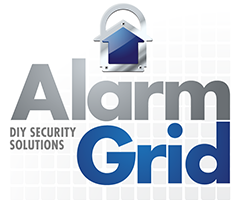Wireless Carbon Monoxide Detectors

Hundreds of people every year fall victim to lethal carbon monoxide gas. The scariest aspect of this gas is that it is both odorless and tasteless. Many of these casualties occur without any warning. And the most unfortunate aspect is that these deaths can usually be prevented by using CO sensors. These devices represent the best way to alert you about a gas outbreak that could cause serious consequences if left undetected.
The general method of action for a CO sensor is fairly simple to understand. These sensors monitor the air for traces of carbon monoxide. If there is ever an unusually high level of CO gas in the air, then the sensor will activate and alert the system. A carbon monoxide zone is a 24-hour zone type. This means that the sensor can cause an alarm at any time, regardless of whether the system is currently armed or disarmed. Any activated CO sensor will result in an instant carbon monoxide alarm.
It is strongly recommended that you pair your wireless carbon monoxide detectors with alarm monitoring service. If you have central station monitoring, then a trained dispatcher will know to send out the local authorities immediately. If you only have self-monitoring service, then you won't be able to receive automatic emergency dispatch for an activated carbon monoxide alarm. However, you will still be able to receive CO alarm alerts via text and/or email from Total Connect 2.0 or Alarm.com. You will then know to take action before you or someone else returns to the building.
The carbon monoxide sensors listed on this page are all wireless devices. The advantage to using these sensors is that they are very easy to install. You do not need to run any wires from the panel to the sensor. However, there are a few things to keep in mind when using wireless carbon monoxide sensors. For one, you will need to make sure that the sensors you use are compatible with your system. This means that the sensors need to communicate at a frequency that is accepted by your panel's wireless receiver. Second, you should understand that wireless carbon monoxide sensors use batteries for power. This means that you will need to replace the device batteries every few years.
There are a few general guidelines when using carbon monoxide sensors. First, you should make sure to have at least one CO sensor on every floor of your home. Placing them outside of sleeping areas is particularly important. You might also want to install these sensors outside of garages, as carbon monoxide gas will often seep into the house from an attached garage. Meanwhile, some locations that are usually not recommended for CO sensors include in bathrooms and directly by any fuel-burning appliances. Using CO sensors in these areas could lead to false alarms.






